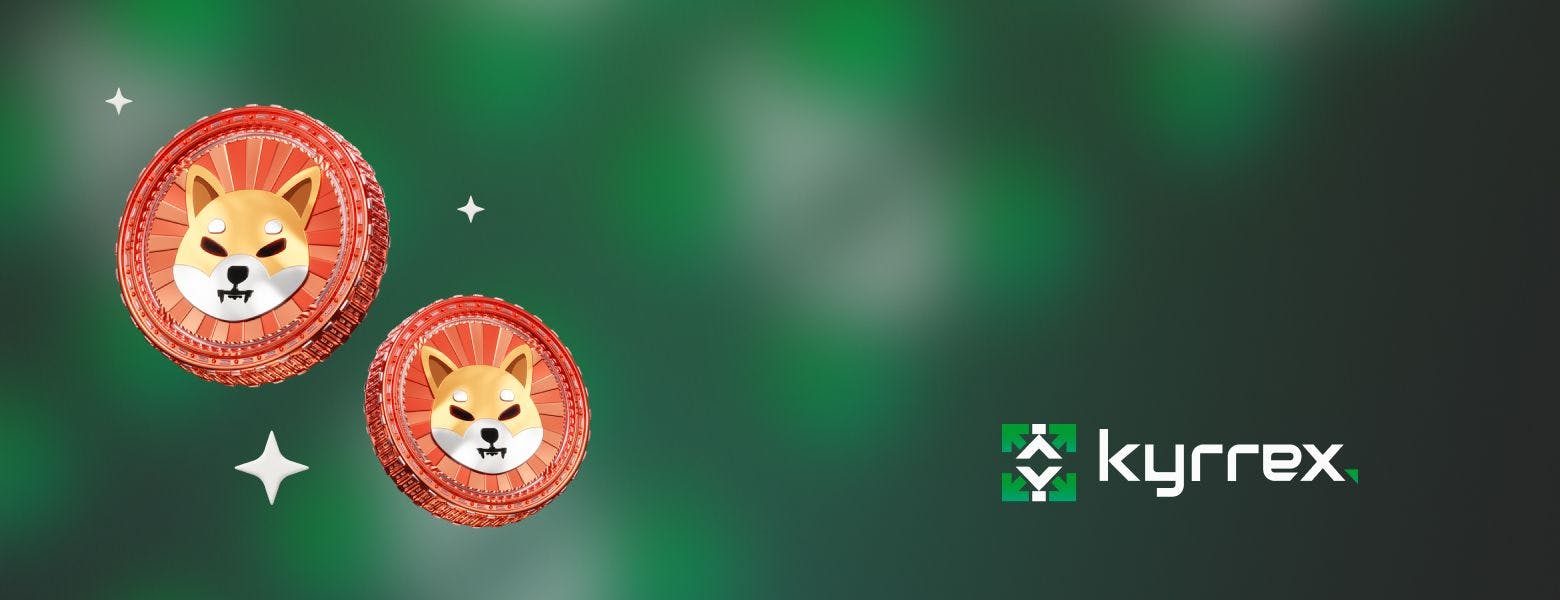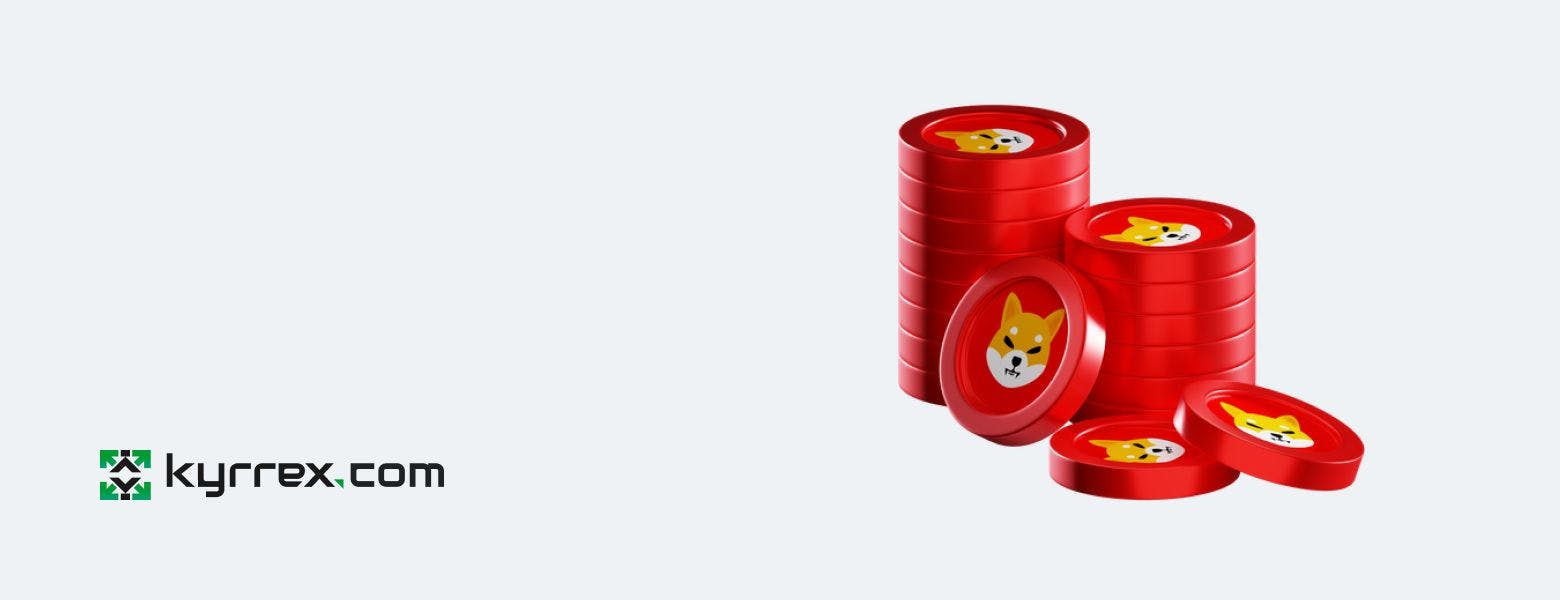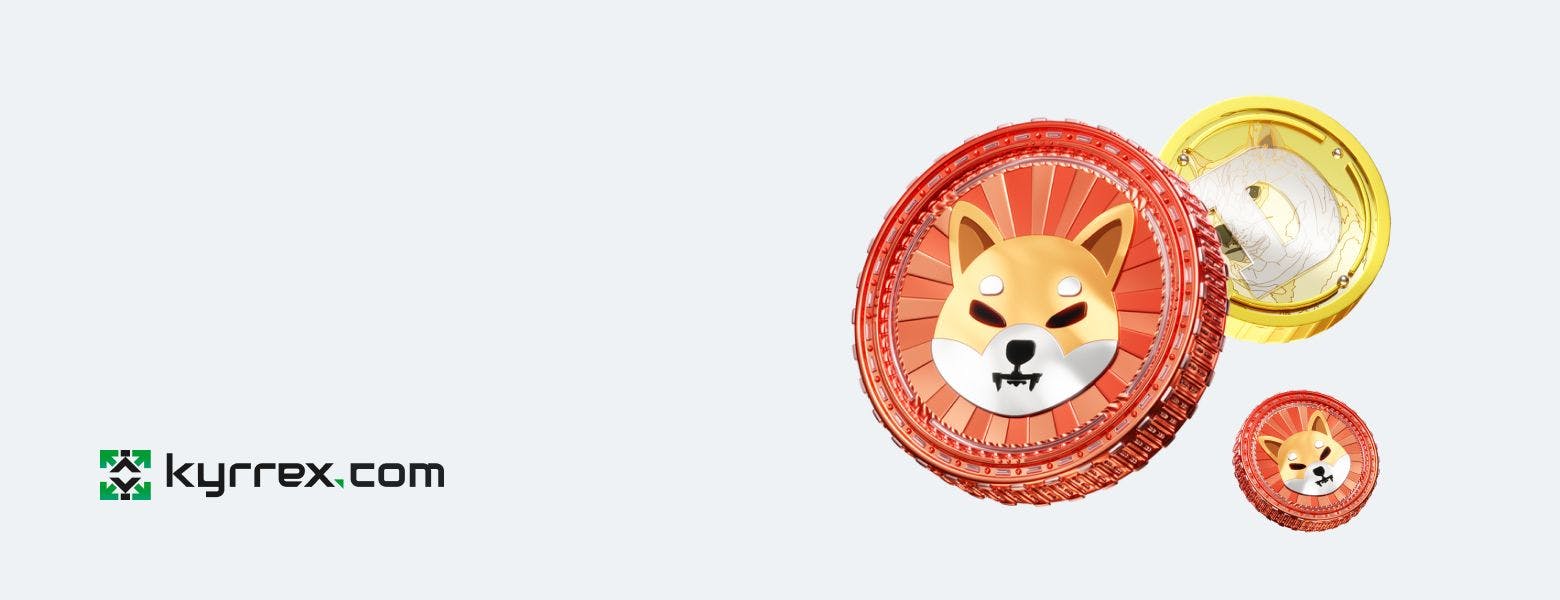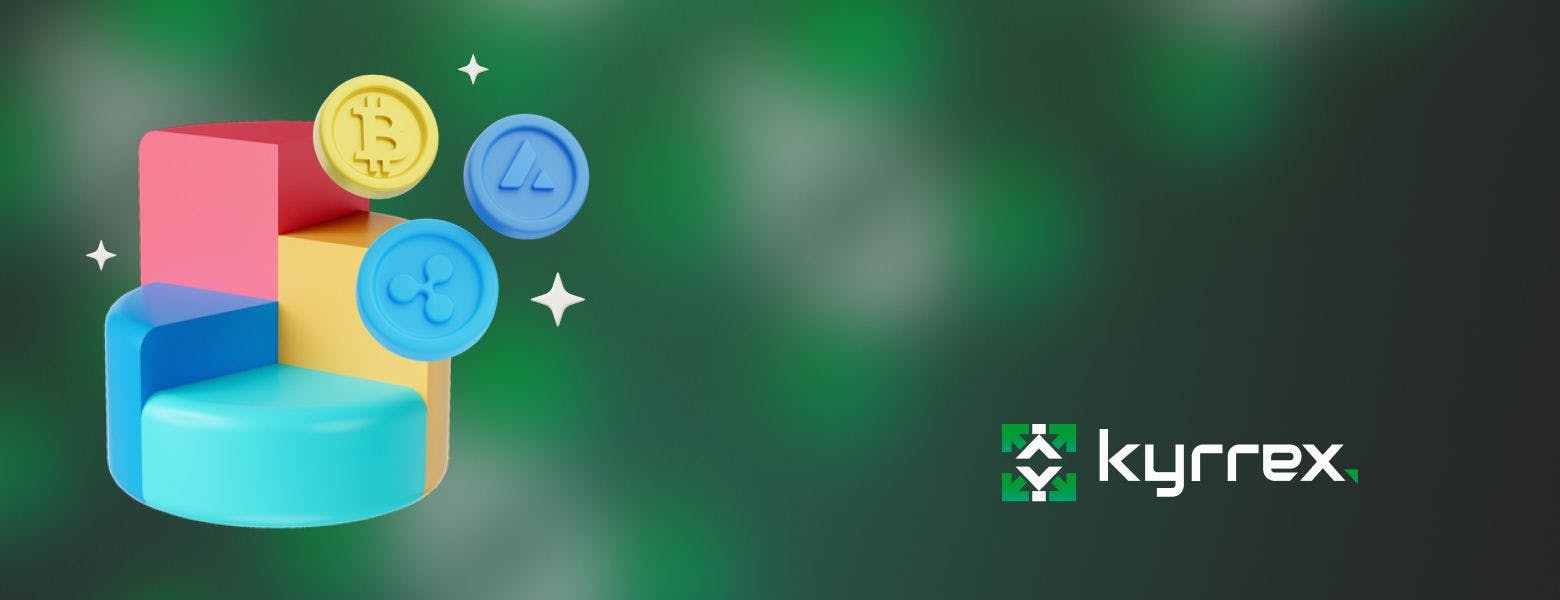
Where Can You Pay With Crypto to Stream Movies and TV Shows?

There are multiple streaming platforms already considering crypto as a payment option. If you stream TV shows on sites like 123Movies, TV shows 88, and various Fmovies sites, you’ll be able to pay with crypto for access in no time. This is because most of these websites now have the infrastructure to accept cryptocurrency payments. Torrents blogs and sites are also big on crypto. For example, users can pay with crypto to support big torrent sites, as their donation addresses are pasted on even homepages. Websites where you can find rare torrents are also accepting cryptocurrencies for access.
BitTorrent, the largest torrent platform, made a big play in cryptocurrency. It aimed to use blockchain tech to decentralize, tokenize, and encourage file sharing. People get to earn BTT tokens by using the BitTorrent platform to speed up torrent download speeds.
What You Should Know Before Using Cryptocurrency as Settlement
After reading your rabb.it review or checking 123movies sites that work with crypto settlements, the next thing is to understand how crypto payments work.
1- What’s Your Crypto Payment Method?
Whether you want to use Putlocker alternatives or Couchtunter for movies, it’s essential to understand your means of payment and what the streaming site accepts.
For example, do they accept cryptocurrency wallets, a third-party exchange, or a settlement system? Knowing this can help you decide whether to use the streaming platform or go for their payment method. For instance, if they partner with an exchange, you can set up an account with the exchange. However, if they accept payments from cryptocurrency wallets, you’ll have to create the correct wallet, depending on the particular cryptocurrency.
This leads us to the next step.
2- Which Currency Does the Service Accept?
If you don’t already know, there are thousands of crypto tokens today. While many are coins created by individuals, others are notable projects accepted by many organizations. While Bitcoin is the most popular, streaming sites are expanding the list of accepted tokens, from Ethereum and Ripple to Cardano and Kyrrex’s KRRX token. So, before you start streaming on any site, make sure you read their fine print and confirm the tokens they accept. This will make your choice of streaming services easier.
For example, if you have more KRRX tokens, it would make sense to go for a site that accepts them as a means of payment. So, you can go for 123 movies alternatives that accept the token.
3- Understanding Blockchains
The next thing you need to understand is how blockchains work. Right now, there are multiple blockchains, and they hardly interact with each other. Therefore, a crypto wallet for one chain is often different from others. However, wallets that support multiple blockchains are now accessible. You need to understand how to use the blockchain that holds your crypto tokens. For example, Bitcoin resides on the Bitcoin blockchain, and the Tron blockchain powers the KRRX token. This information is crucial because you’ll need access to the blockchain to see your transactions. Now, that means you can only verify Bitcoin transactions on the Bitcoin blockchain and KRRX transactions on the Tron blockchain. It’s also critical that you use the correct blockchain. This is because crypt payments are final and irreversible.
So, for example, if you send your tokens to an address on a different blockchain, your funds will be lost forever.
You should note that there are wrapped versions of Bitcoin on other blockchains. So, make sure you confirm the network (or chain) you have to send to before pushing the Send button.
You can consider using a centralized service like Kyrrex to make things a lot easier for you. That said, you still have to understand the inner workings of blockchain tech to be on the safe side.
How to Use a Crypto Wallet
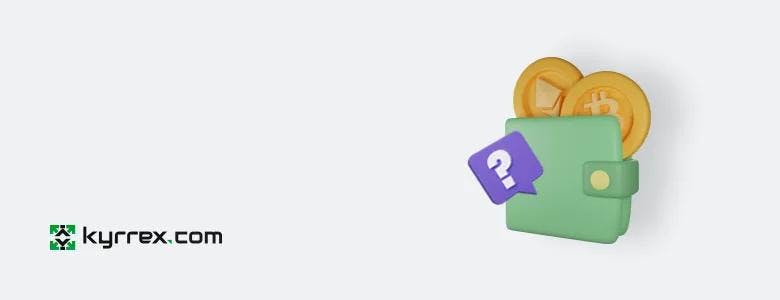
Cryptocurrency wallets are among the many exciting aspects of blockchain technology. They give you complete control of your funds and how you use them. In addition, you get to sign and approve whatever transaction goes through the wallet. There’s a defined procedure to set up your crypto wallet. Firstly, you have to know the currency you want to use and the blockchain that powers it. Next, you must find a cryptocurrency wallet that supports it. Back in the day, you’d have to download the entire Bitcoin blockchain to facilitate transactions.
Today, however, a simple search on the Internet and you’ll find different wallets that support your token. When setting up any non-custodial wallet (stand-alone wallets not controlled by centralized exchanges), you’ll be prompted to save a private seed phrase. This phrase determines who controls your wallet and how you recover it when you lose access to your device. So, make sure you keep the phrase safe.
Some Concerns About Paying with Crypto
The major downside for now about crypto payments is the limited available options. There could be 123movies alternatives or other Fmovies websites where you’d be comfortable streaming TV shows. However, they might not have the crypto payment option available. But that shouldn’t be an issue for long. As crypto regulations become more precise and defined, more streaming platforms will get on board with virtual currency payments. After all, it’s easier, more secure, and more convenient.
There’s also the question about the crypto adoption rate. For example, platforms that accept crypto payments right now limit their options to Bitcoin and one or two other altcoins (cryptocurrencies other than Bitcoin). Adoption is still slow for other lesser-known tokens. There are also concerns about security and loss of funds. As mentioned, you could lose all your tokens if you send them to the wrong address, as crypto payments can’t be reversed. However, if you understand your way around blockchain tech, this shouldn’t be an issue. That’s why it’s advisable to know what you’re doing before you start using this payment method.
Regulations are also concerning. As it stands, some governments have strict crypto policies that stifle online payments or make them entirely illegal. That said, this particular problem will fade soon when crypto adoption grows even more, and regulators can introduce well-defined safety nets for the public. Also, platforms like Kyrrex are working hard to navigate the regulatory hurdles and provide services to everyone everywhere. In due time, you should be able to pay for streaming services using the KRRX tokens whether you want to use an Fmovies alternative or Putlocker sites.
Concluding: What the Future Holds for Crypto Payments on Streaming Platforms
While options are still limited, it won’t be a long stretch to predict universal acceptance for crypto on sites like 123 movies. Platforms that are yet to adopt virtual currencies are already considering it. As stated earlier, only regulatory uncertainties stand between cryptocurrencies and mainstream adoption as a means of payment. However, that won’t last too long. If you’re streaming in countries like El Salvador, it should be easy to pay with Bitcoin. As for other jurisdictions, it won’t take long. We’re already on a train to a defined destination. As it stands, we’re heading to a future where cryptocurrencies will be accepted across the board.

